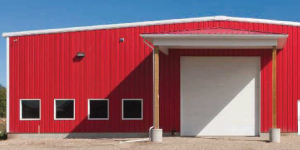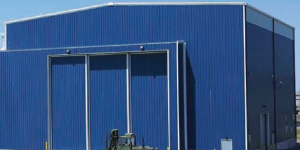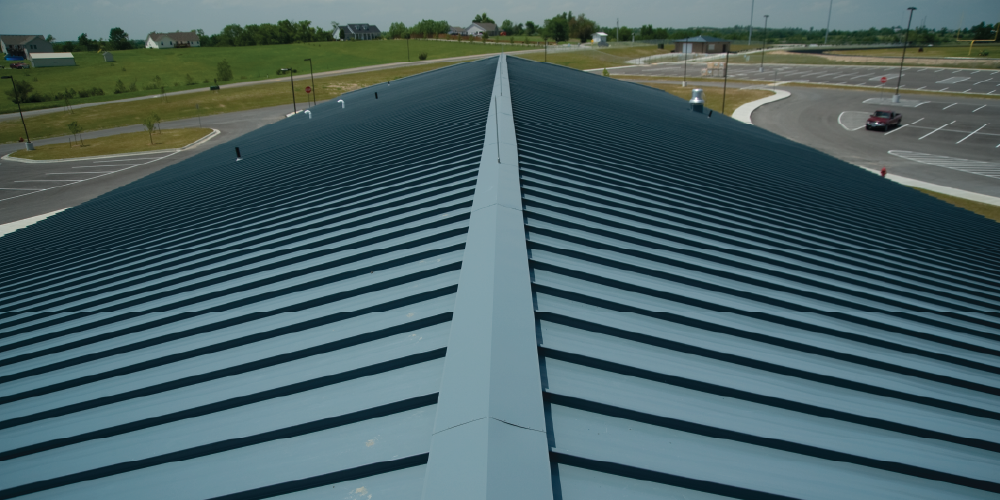Making Earth-Friendly Choices A Priority In Construction
A recent press release from EY Canada, regarding the growing emphasis of Canadians on sustainability, announced that “…the majority of Canadians are pivoting to a more sustainable way of living, as over half are spending more time at home and focusing on saving their hard-earned dollars.” This applies to the desire for energy-efficient, eco-friendlier options when it comes to construction decisions, as well. And while that’s good news for the environment and the future for all of us, it doesn’t come without conflict. According to the release, “Most consumers (61%) plan to pay more attention to the environmental impact of what they consume, but 64% intend to focus on more value for money – creating a tension over who should pay for sustainability.”
As all of us in the construction industry look to find ways to offer customers greater energy efficient options without a lot of added cost, it’s good to know that technology is advancing along with demand, making it more convenient and simpler than ever before to make green construction a priority, not just a luxury.
Before any construction begins, a lot can be done simply by selecting the best building materials – especially the roof. The types of materials used make a significant difference in how well the building works with the environment to control temperatures and take the pressure off heating and cooling units. Additionally, colour choice can play an equally significant role in regulating the temperature. While darker exterior colours naturally absorb more energy from the sun, lighter colours work harder at reflecting both the light and its heat. Metal in general is naturally highly efficient at transmitting temperature – and making a smart colour choice that is suited for the climate in your area only enhances that effect.

Just how much roof colour plays into affecting the temperature and energy efficiency of the building depends largely on two factors: solar reflectivity and thermal emissivity. Solar reflectivity (SR) is the ability of a material to reflect the solar energy from its surface back to the atmosphere, and thermal emissivity (TE) is the ability of the material to release absorbed heat. Buildings are assigned numerical SR and TE values – and the combination of their values, known as the Solar Reflectivity Index (SRI) is evaluated for compliance with local energy codes and LEED requirements. Local energy codes will be determined largely based on local climate, which in turn affects regulations on roof slope and other features of the building, such as insulation, window type and area, lighting, and more.
As a general rule, roofs with dark colours have been shown to absorb up to 90% of energy from solar rays. This translates into excess energy being transferred to your building’s interior, consequently causing air conditioning systems to work overtime. But a light-coloured roof can reflect, on average, 60% of sunlight and sometimes more – keeping your building cooler more efficiently. Additionally, the switch can result in average energy savings that can range from 7-15%. Cost and energy savings vary of course, depending on factors such as the size of the project, local climate, and how roof access is designed.
A lot of the energy-saving power of cool paint colours have to do with their makeup. Cool paint colours are made with cool paint pigments that have been chemically and physically altered to reflect infrared wavelengths while absorbing the same visible light. The pigments are designed specifically to minimize the build-up of excess heat. This process has also been shown to help mitigate Urban heat islands (UHIs) – a rising concern across Canada, due to the effects of climate change in addition to the growing number of Canadians now living in urban settings.
And in addition to all the benefits of cool colours on your metal roof, don’t forget that no matter the shade of paint you choose – your metal roof is always green. Exceptional energy efficiency is just one of the environmentally friendly benefits of metal building construction:
- Not only are metal roofs more durable and long-lasting, they are made from recycled content and can also be recycled once they do reach the end of their lifespan – creating a significant reduction in the amount of construction material that ends up in landfills.
- Metal roofs are easily compatible with solar panels, creating even more energy savings. With conventional roof systems, the expected lifespan of the roofing materials is often much shorter than that of the solar panels. Consequently, the panels must be removed while the roof is replaced and reinstalled once complete, resulting in added installation costs. But with the long lifespan of metal roofing, solar panels are unlikely to outlast them – therefore eliminating the need to remove and reinstall. And speaking of installation, it’s a much simpler process with metal panels. There are a variety of mounting options available that make it possible for the solar panels to be installed directly on the metal panels with no need to drill or create holes in the roof.
- Metal roofing is also a compatible fit for high-efficiency windows and skylights, offering easier installation and increased energy savings.
- The longevity and durability of a metal roof is nearly impossible to beat. With an average lifespan expectancy of 50 years or more and the ability to withstand extreme weather conditions, metal roofs require fewer repairs and replacements.
 As the demand for construction that’s good for the earth and friendly for the budget continues to grow with Canadian consumers, you can trust Robertson Building Systems as your partner for quality materials that deliver on quality and stand apart in smart, energy efficient design.
As the demand for construction that’s good for the earth and friendly for the budget continues to grow with Canadian consumers, you can trust Robertson Building Systems as your partner for quality materials that deliver on quality and stand apart in smart, energy efficient design.


